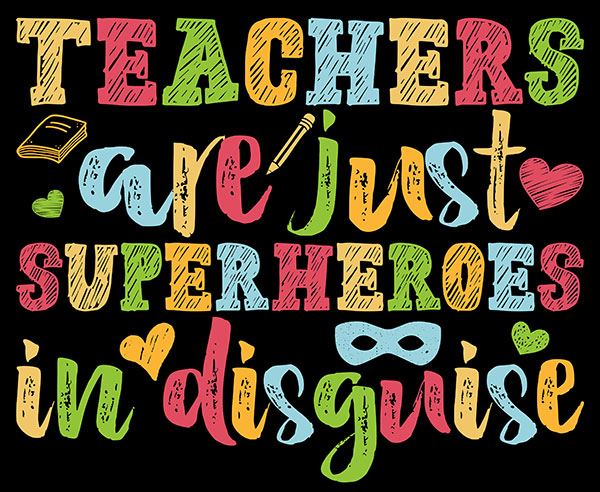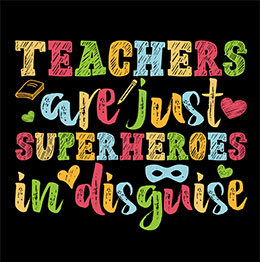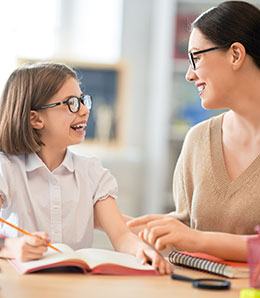I spend a lot of time with teachers. They are my heroes. Like Clark Kent, when out in public, they look like any other mild-mannered, ordinary individual. But, the classroom serves as their proverbial telephone booth as they slip in and change from that ordinary person into a TEACHER! I have read many books, articles, and research studies analyzing the characteristics and qualities of effective teachers.

I have boiled this down into the 6 Super Powers I feel Super Hero Teachers possess:
- Passion. The intrinsic, uncontrollable, unending love of learning and the desire to share and pass that passion on to others!
- Knowledge. The ability to transform and translate the depth and flexibility of knowledge of craft and content into exciting and interesting learning experiences.
- Engagement. The love of teaching and creative learning experiences captures the students’ interest and motivates them to participate, accept challenges, and grow.
- Clarity. The ability to create, teach, and model clear, student-centered learning goals that tell the students what they will learn, how they will learn it, and what they will do to show their learning.
- Relational. They don’t just like kids; they choose to spend the critical mass of their lives with kids with the goal of inspiring them to be the best they can be!
- Reflective. The drive to continuously reflect on their craft and improve their practice to become better!




